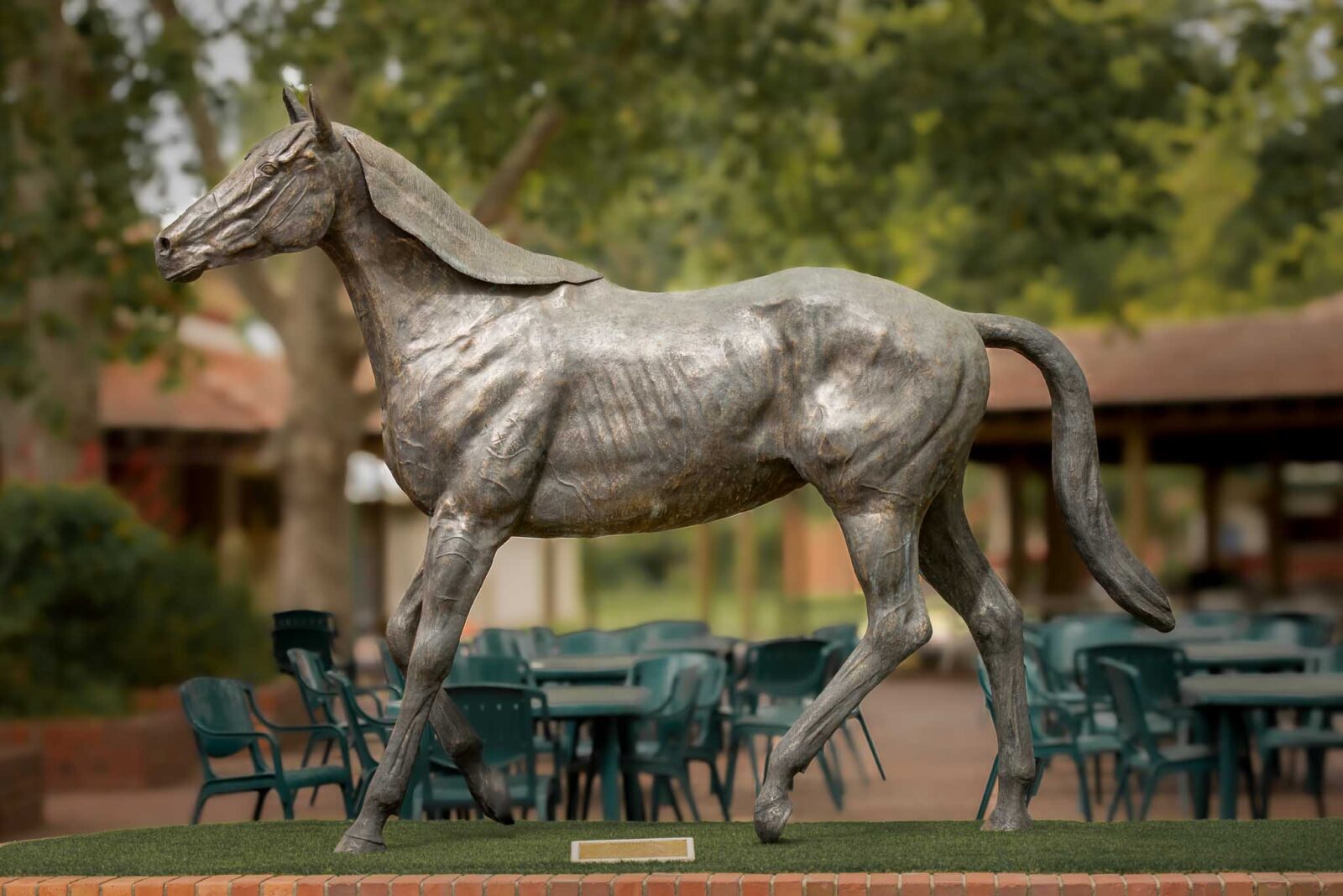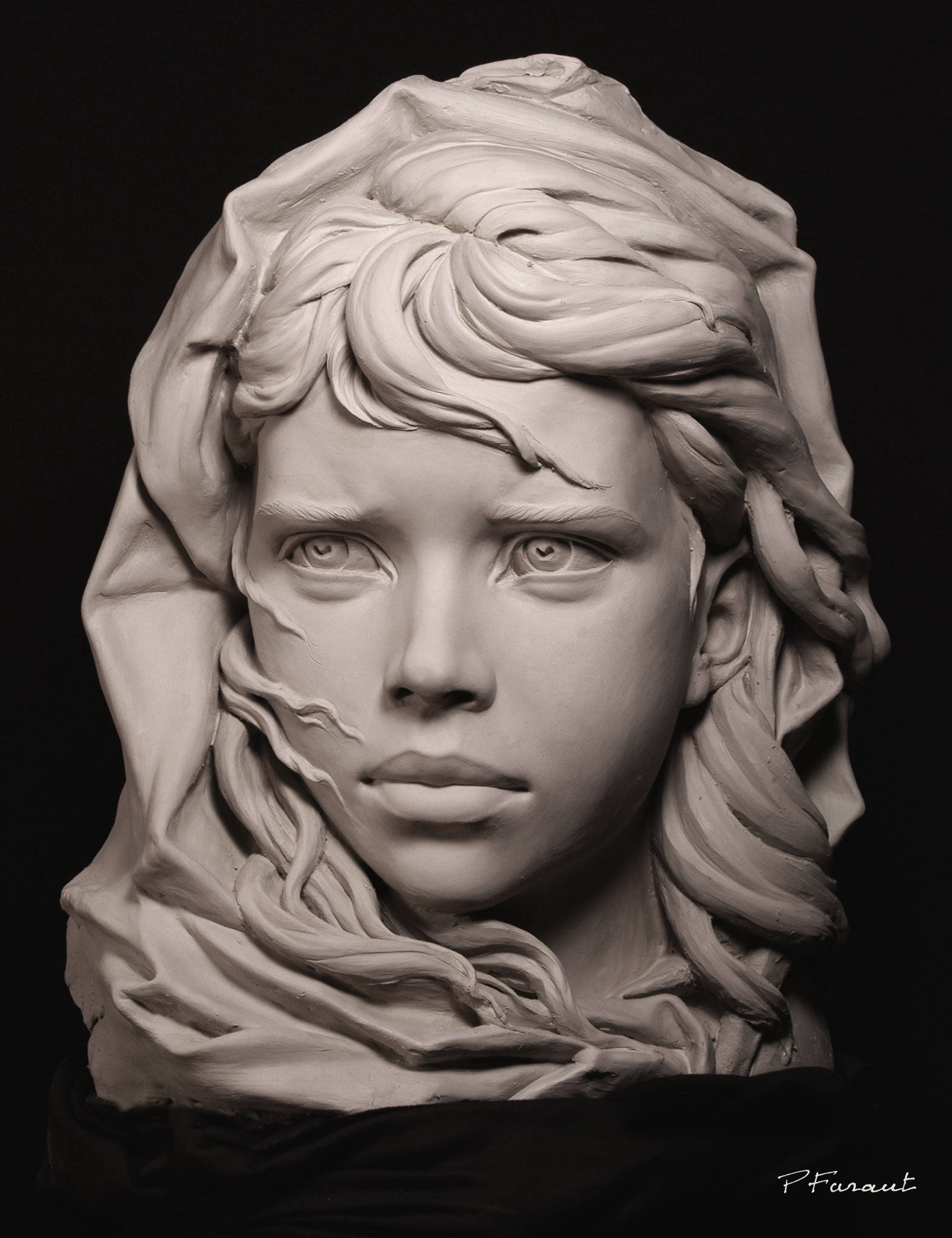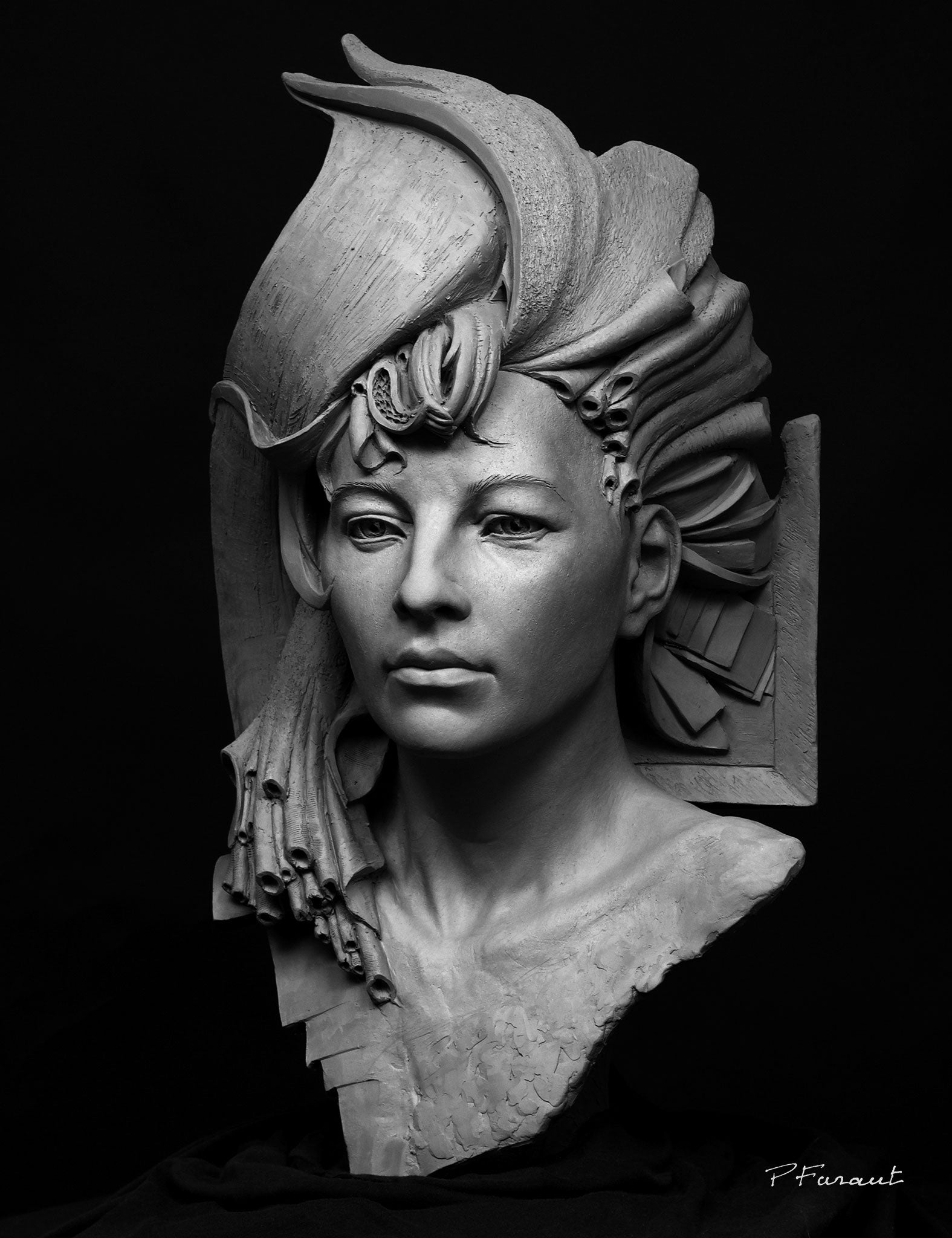Portrait Sculptor: Capturing Essence in Three Dimensions
Wiki Article
The Evolution of Sculptures: From Old to Modern
The Evolution of Sculptures: From Ancient to Modern. Bronze Sculptures.Sculpture, one of the earliest types of art, has actually been an indispensable component of human world for millennia. From the old human beings of Egypt and Greece to the modern era, sculptures have actually advanced, showing adjustments in artistic techniques, materials, and cultural influences. This trip via time traces the growth of sculptures, exploring the changes in design, subject issue, and creative expression.
Beginning with the ancient world, sculptures crafted from stone and later bronze captured the significance of divine beings, rulers, and everyday life. The Renaissance period observed a revival of classical sculpting methods, as artists sought to imitate the graceful forms of ancient Greek and Roman sculptures (Contemporary Sculptures). In the modern era, artists tested conventional limits, welcoming abstraction and experimentation with brand-new materials
This expedition will certainly dive into the varied evolution of sculptures, revealing the rich tapestry of artistic expression across different periods and cultures.

Old Sculptures: From Stone to Bronze
Ancient sculptures transitioned from being carved out of stone to being cast in bronze. Rock sculptures, while excellent in their very own right, were restricted by the nature of the product. Contemporary Sculptures.The intro of bronze as a medium for sculptures caused a revolution in artistic expression. Bronze supplied artists the chance to create detailed and natural kinds that were not possible with stone. The procedure of casting bronze permitted for the production of multiple duplicates of a sculpture, making it possible for broader circulation and conservation of these artistic masterpieces.
The shift from rock to bronze also saw a shift in the topic of sculptures. While stone sculptures mainly portrayed gods, sirens, and mythological figures, bronze sculptures began to reflect a wider series of topics, including day-to-day individuals and animals. This development of subject issue showcased the convenience and flexibility of the bronze medium.
Renaissance Rebirth: Forming in the Timeless Design
The Renaissance rebirth of sculpture saw a rebirth in the classical style, building upon the developments made throughout the transition from stone to bronze in old sculptures. Throughout this period, musicians sought to recreate the classic aesthetic and ideals of beauty that were prevalent in old Greek and Roman sculptures.One of the essential attributes of the Renaissance rebirth was the emphasis on naturalism and the human form. Artists like Donatello and Michelangelo aim to record the anatomical details and expressions of their topics with unprecedented accuracy. They researched the human body and incorporated their monitorings into their sculptures, leading to practical and natural depictions.
One more crucial aspect of the Renaissance resurgence was the expedition of perspective and deepness. Artists used strategies such as contrapposto, where the weight of the body is moved to one side, developing a feeling of motion and dynamism. They additionally explored with different products, including marble and bronze, to achieve a degree of class and ins and out in their sculptures.

Modernism and the Avant-Garde: Damaging Traditional Borders
During the Modernism and Avant-Garde activities, carvers pushed the borders of traditional creative conventions. This duration, which emerged in the late 19th and very early 20th centuries, saw a remarkable change in the way artists approached sculpture. Rejecting the notion of art as plain imitation, modernist carvers sought to discover new types, materials, and ideas.
One of the crucial characteristics of modernist sculpture was the focus on abstraction. Carvers relocated far from realistic representations and instead concentrated on catching the essence of the topic via streamlined kinds and geometric shapes. This departure from standard depiction enabled artists to express their feelings and ideas in a more personal and subjective fashion.

Contemporary Sculptures: Checking Out New Products and Concepts
With a focus on exploring new materials and concepts, contemporary sculptures have actually reinvented the field of art. Artists today are pressing the limits of standard sculpture by using cutting-edge products and trying out with abstract principles. These sculptures challenge standard concepts of form, materiality, and meaning, welcoming audiences to take part in a brand-new and thought-provoking imaginative experience.Contemporary carvers are welcoming a broad range of materials, consisting of plastic, glass, steel, and even organic matter. They are not limited to the conventional tool of stone or clay, permitting greater freedom of speech and trial and error. This shift towards unique materials has actually opened up brand-new opportunities for musicians to develop sculptures that are vibrant, interactive, and aesthetically striking.
Along with discovering brand-new materials, contemporary sculptures also delve right into complex and abstract principles. Musicians are currently discovering themes such as identification, social concerns, and the setting, using sculpture as an effective tool for social commentary and self-contemplation. These sculptures challenge audiences to think critically and engage with art on a deeper level, stimulating discussions and prompting psychological responses.
Worldwide Impacts: Sculptural Practices From Around the World
Sculptural practices from numerous areas of the world have considerably shaped the advancement of sculptures throughout background. The worldwide impacts on sculpture have been varied and have added to the richness and variety of imaginative expressions. From the old people of Egypt, Greece, and Rome to the elaborate makings of Oriental societies, each area has actually developed its special sculptural practices that have actually influenced artists across time.In ancient Egypt, sculptures were produced mostly for religious and funerary purposes. The renowned sculptures of pharaohs and gods, such as the Great Sphinx and the breast of Queen Nefertiti, showcase the Egyptians' mastery of stone sculpting and their idea in the immortality.

In ancient Rome, sculpture offered both political and artistic objectives. Roman sculptures commonly portrayed emperors, generals, and mythological numbers, reflecting the power and majesty of the realm. The marble statue of Augustus of Prima Porta and the significant Arc of Constantine are notable examples of Roman sculptural accomplishments.
Eastern sculptural traditions, particularly in India, China, and Japan, have additionally had a profound influence on the development of sculptures. Indian sculptures, such as the elaborately sculpted holy places of Khajuraho and the colossal statuaries of Buddha, exhibit an abundant blend of spiritual, mythical, and building elements. Chinese sculptures, defined by their great workmanship and attention to detail, typically portray divine beings, pets, and famous figures. Japanese sculptures, affected by Buddhism, emphasize simplicity and peace, seen in the serene statues of Buddha and the sophisticated art of bonsai.
The global influences on sculpture continue to advance in the modern-day era. As we look to the future, it is particular that the global impacts on sculpture will certainly proceed to form and redefine this old art kind.
Verdict
To conclude, the advancement of sculptures has seen a shift from ancient rock and bronze works to the timeless resurgence throughout the Renaissance. This was complied with by the splitting of standard boundaries via modernism and the avant-garde motion. Today, contemporary sculptures discover new materials and principles, while likewise attracting motivation from international sculptural customs. The trip of sculptures reflects the ever-changing creative expressions and social influences throughout background.From the old worlds of Egypt and Greece to the modern-day era, sculptures have advanced, reflecting modifications in imaginative techniques, materials, and social impacts.Starting with the ancient world, sculptures crafted from stone and later on bronze recorded the essence of deities, rulers, and day-to-day life.Old sculptures transitioned from being carved out of stone to being cast in bronze. While stone sculptures primarily shown gods, sirens, and mythological figures, bronze sculptures began to show a more comprehensive array of topics, including daily people and pets.In verdict, the advancement of sculptures has actually seen a change from old stone and bronze works to the classical revival during the Renaissance.
Report this wiki page